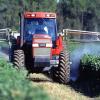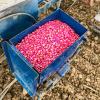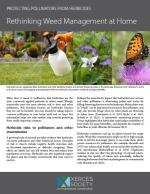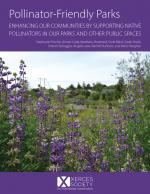Pesticides are commonly used in urban and agricultural environments to kill invertebrate pests, diseases, and weeds. However, many pesticides - including insecticides, fungicides, and herbicides - harm pollinators and other beneficial insects. Their effects include removing important floral resources, causing subtle yet concerning effects on reproduction, navigation and memory and high-profile incidents when pesticides kill bees. Exposure to pesticides can also compound the effects of other stressors on pollinator populations, such as loss of habitat and exposure to pathogens and diseases.
Pesticide contamination is wide-spread. More than 90% of pollen samples from bee hives in agricultural landscapes and more than 90% of stream samples are contaminated with more than one pesticide. It is critical that we work simultaneously to reduce use of pesticides and to minimize the risk of pesticides to pollinators where pesticides are used.
As part of the Xerces Society’s conservation efforts, we strive to reduce reliance on pesticides by supporting the diverse systems that reduce pest problems. We work with farmers and land managers to incorporate pollinator protection into every step of the decision making process for pesticide use. We also work to ensure that flowering habitat is protected from pesticide contamination in both agricultural and urban settings.
Understanding Neonicotinoids
Neonicotinoids are a group of insecticides used widely on farms and in urban landscapes. Learn more about the risks they pose and what you can do to protect pollinators and the broader environment from these systemic insecticides.
Ecological Pest Management
Find resources to transition from reactive efforts reliant on pesticides to thoughtful techniques that create thriving farms buzzing with life.
Impacts of Pesticides on Invertebrates
The IPI database contains summaries of research articles on pesticides, their effects on invertebrates, and pesticide movement in the environment. Articles have been reviewed and summarized to highlight key findings by Xerces Society staff.
Systemic Insecticides: A Reference and Overview
Systemic insecticides are often used to attack herbivorous insect species, but widespread use of these chemicals is linked to serious effects on ecosystems.

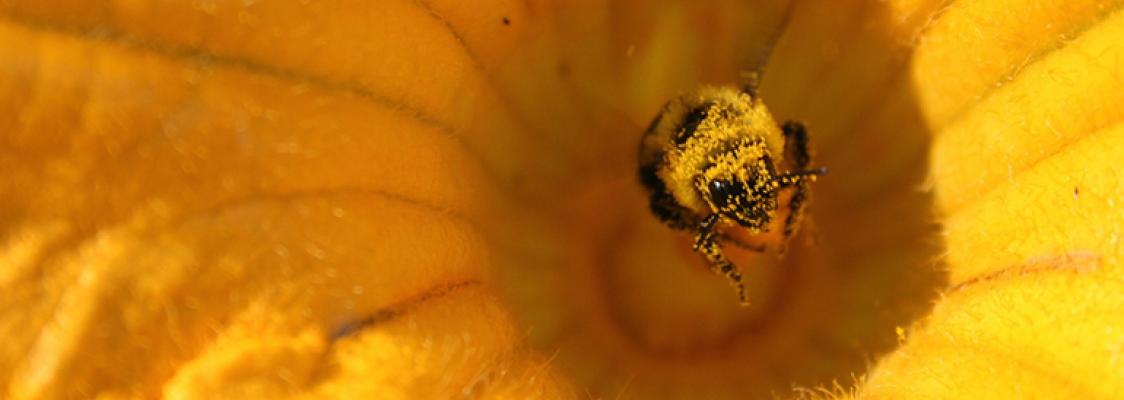
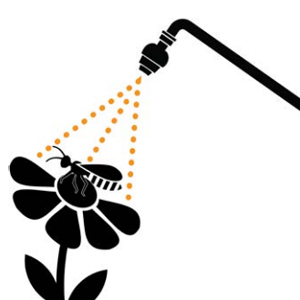
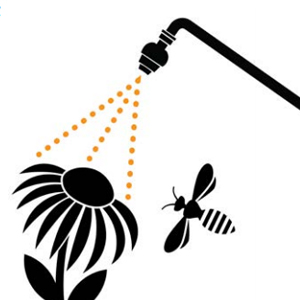
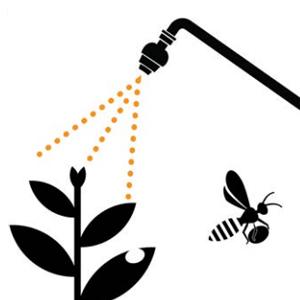
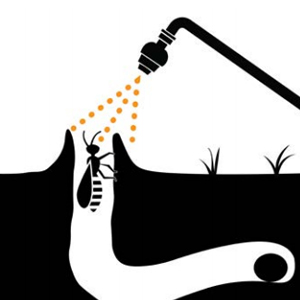
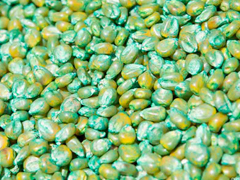
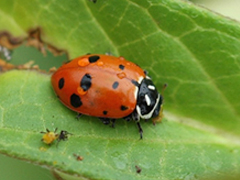
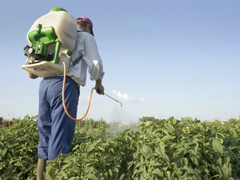
-sm.jpg)
